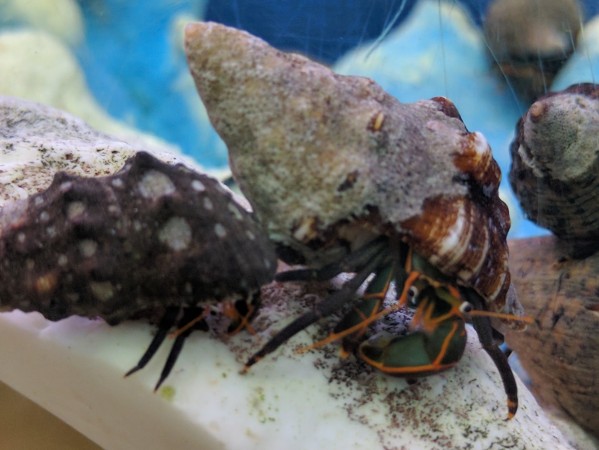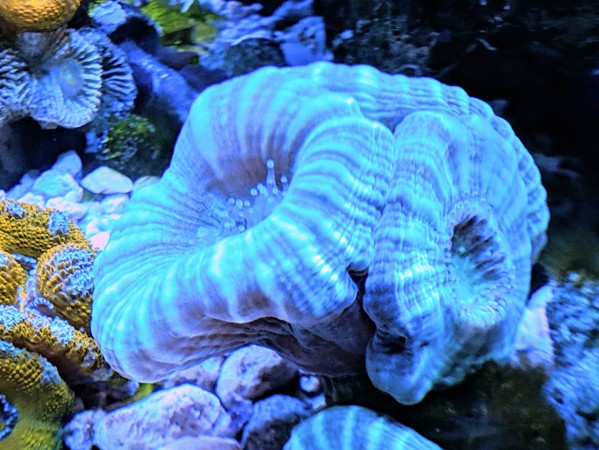Bacterial Bloom and Cloudy Water- the What, Why and how to Fix it
- May 29, 2022
- Anshika Mishra
- 3974 0 0

First of all, you need to settle down, don't panic, a bacteria bloom is easy to take care of, and in this article, we'll show you how.
A bacteria can happen in both a new tank setup and an established tank. But for both, the solutions will be the same, which is not to panic.
Two types of bacteria live in our tank:
- Heterotrophic
- Autotrophic
The most significant difference is that the Heterotrophic bacteria feed on organic matter like fish waste, un-eaten food, dead plants, fish, etc. They mineralize or break down all the organic matter into Ammonia, and we know where the Ammonia comes from.
We are going to call them the cloud-causing bacteria.
On the other hand, Autotrophic bacteria feed on an inorganic matter like Ammonia, Nitrate, and Nitrite. Hence, we call them the Beneficial Bacteria.
Probably 90% of the bacterial bloom happens during a new tank setup, which is perfectly normal. Also known as a bacterial blossom, this happens because of the nutrient-rich fresh tap water you just added to your tank. The organic matter in the water causes the cloud causing bacteria to grow and rapidly reproduce.
In about 15-20 minutes, they can double in numbers. So these are the types of bacteria that we don't want in our tank because they live in the water column and can reproduce so rapidly that you can even see them under the naked eye in your tank once there are enough.
They are that milky-white fog in your tank, the bacterial bloom.
Not only do they feed on the organics in your fresh, new, dechlorinated water, but if you have fish in the tank already while it's cycling, they also feed on the organic waste from the fish.
Bacterial Bloom in New Tanks
The good news is that the solution to getting rid of these cloud-causing bacteria during a new tank bacterial bloom is simple.
Do Nothing!
That's right. No water changes, no additives, and chemical needed water changes are required. Water changes will make the cloud-causing bacteria leftover in your tank reproduce even faster when you add in new water.
They bloom every time. As your tank cycles, your beneficial bacteria, the nitrifying bacteria we want in excess, will eventually grow and starve the cloudy water-causing bacteria away.
Bacterial Bloom in an Established Tanks
Now, if you're experiencing a bacterial bloom and your tank is already established, meaning you've had it up and running with fish for a few months, and you know for sure that your tank has been cycled, and all of a sudden, you get a bacterial bloom, this will be a bit more tricky.
Bacterial bloom in an established tank means something is wrong with your ecosystem. Some organic compound in excess has found its way into your tank, and now the cloud-causing bacteria are back.
This can be caused by feeding, overpopulation, or an un-noticed dead fish.
These decomposing organic materials can cause a bacterial bloom. This time the issue for concern is that we probably have a bunch of tanks in our tank already.
When a bacterial bloom occurs, you can get a spike in Ammonia from all your organics that the bacteria are feeding on and mineralizing into Ammonia.
The problem is that the beneficial bacteria need way more time to reproduce and catch up with the increase in Ammonia. However, the cloud-causing bacteria will also trigger oxygen deficit in your tank, as they can switch from aerobic to anaerobic.
In this situation, you can dose your entire tank volume secant prime to detoxify ammonia spike keeping your water safe from fish and giving your beneficial bacteria more time to grow.
The cloud-causing bacteria will also fight for all the oxygen in your tank. The cloudier it gets, the more oxygen it will use up, and since you have fish in the tank, ensure you can adequate surface agitation for oxygen to transfer.
In Conclusion
This is the time to find the underlying reason for the bloom, if it is excess food or water in your tank, and time to vacuum that stuff up.
Once you have removed whatever extra organic material caused the bloom, all you need to do is wait. the cloud-causing bacteria will soon starve and die off, and you will be back to having crystal clear water.







About author